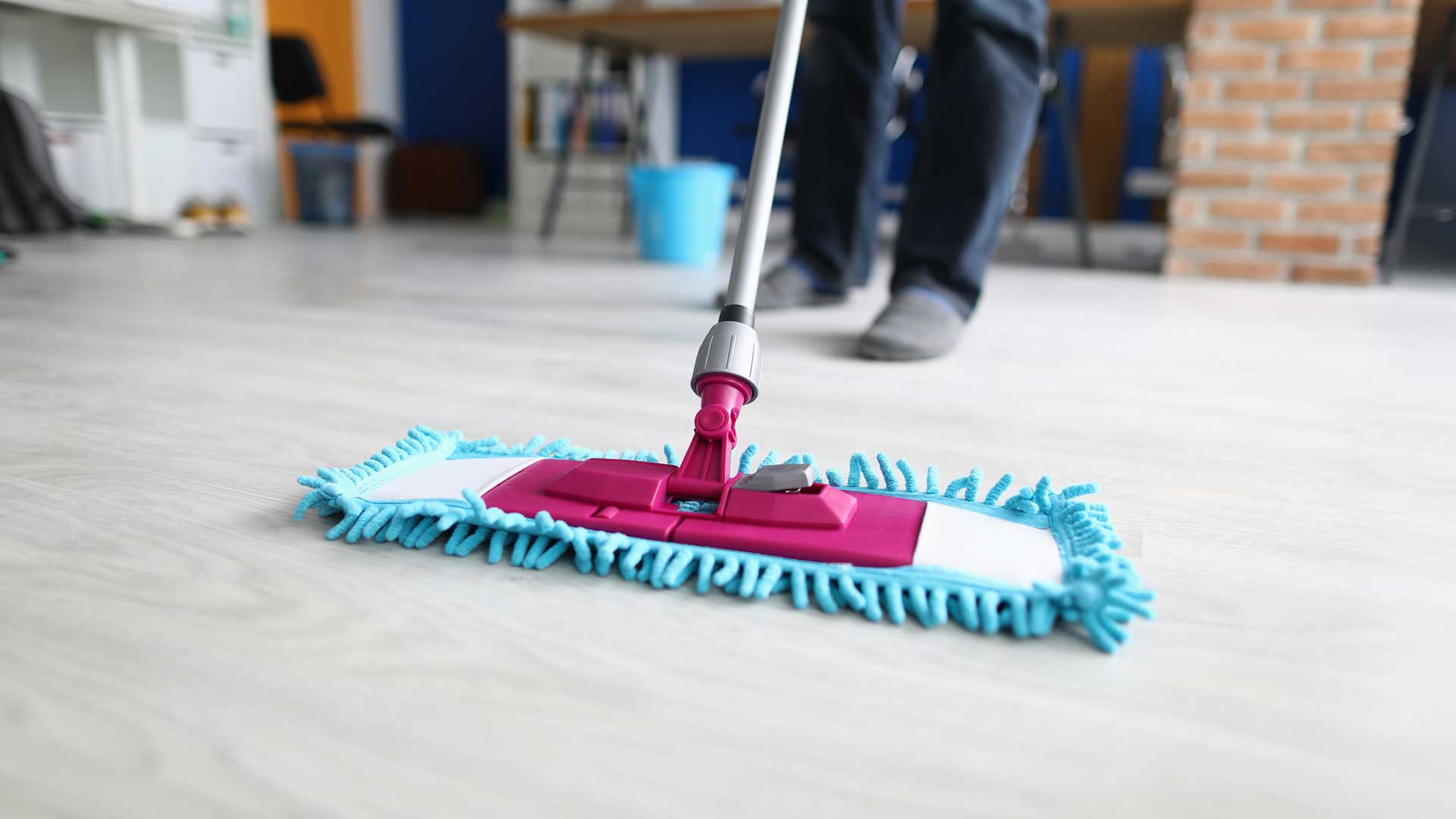Did you know 70% of employees think a clean workplace boosts productivity? This shows how important a clean office is. A good cleaning schedule is key to keeping it clean. It covers everything from daily sanitizing to monthly window washing.
At the heart of a good cleaning schedule are tasks for busy areas. For example, office desks are much dirtier than toilets. So, they need daily cleaning. Deeper cleans, like for restrooms, happen weekly or monthly.
It’s important to know what cleaning tasks are needed. Seasonal changes might need special cleaning, like HVAC systems. Keeping cleaning methods up to date, like after a pandemic, keeps places safe. Also, getting feedback from cleaners can make the schedule 25% better. This shows the importance of being flexible and always checking the schedule.
Key Takeaways
- 70% of employees feel that a clean workplace boosts productivity.
- High-traffic areas should be cleaned frequently to maintain health standards.
- Daily tasks typically include sanitizing high-touch points and general janitorial work.
- Weekly and monthly tasks involve deeper cleaning jobs, such as bathrooms and high-traffic floors.
- Updating cleaning protocols and obtaining staff feedback can increase the schedule’s effectiveness.
Daily Cleaning Tasks in a Commercial Cleaning Schedule
Keeping a commercial space clean is key to a healthy and professional environment. Daily cleaning focuses on busy and germ-prone areas. This helps keep the space clean and cuts down on germ spread.
Common Areas
Lobbies and receptions need special care to stay welcoming and clean. Daily tasks include:
- Trash disposal and replacing liners
- Surface dusting of desks, shelves, and window sills
- Mopping floors
- Disinfecting high-touch surfaces, such as light switches and door handles
Regular cleaning by commercial companies can make customers happier by 30%. It also improves the cleanliness of the facility.
Restrooms
Restrooms are germ hotspots and need thorough cleaning. Professional tasks include:
- Cleaning and disinfecting sinks, toilets, and urinals
- Restocking essential supplies like toilet paper, soap, and paper towels
- Mopping and disinfecting floors
Daily cleaning in restrooms can reduce germ spread by 99.9%. This is a big part of keeping facilities clean.
Lunch/Breakrooms
Lunch and break rooms need careful cleaning for safe food handling. Daily tasks are:
- Cleaning sinks, counters, and tables
- Emptying trash and replacing liners
- Sanitizing all surfaces to prevent the spread of germs
Cleaning these areas daily keeps them hygienic. It also helps keep employees healthy, possibly cutting sick days by 25%.
What is included in a commercial cleaning schedule?
Commercial cleaning schedules are detailed plans for keeping workplaces clean and healthy. They cover daily, weekly, monthly, and seasonal tasks. This ensures a consistent level of cleanliness.
An effective commercial cleaning checklist includes several key areas:
- Weekly Deep Cleaning: Tasks like deep cleaning carpets, scrubbing floors, and cleaning furniture are part of this. High-traffic areas need extra care to prevent bacteria buildup, more so after the pandemic.
- Monthly Maintenance: This includes high dusting, floor scrubbing, and sanitizing hard-to-reach spots. It keeps even hidden areas clean, stopping dirt from building up over time.
- Seasonal Adjustments: These changes might involve more frequent floor mat changes in winter or more mopping in rainy seasons. Adjusting to the seasons keeps the facility in top shape.
- Restroom Sanitation: Restrooms are key areas for bacteria growth. They need daily disinfection of toilets, sinks, and floors, along with restocking paper supplies.
- Specialized Services: Some places might need special deep cleaning, like new or busy areas. Customizing the janitorial services schedule to fit the business is key.
The commercial cleaning frequency should match the facility’s use and foot traffic. For example, office kitchens in busy places need more cleaning to keep employees happy and healthy.
In the end, a well-planned cleaning schedule keeps all areas clean, including less used ones. This helps avoid hygiene problems and creates a healthier, more productive work space.
Conclusion
Keeping a strong commercial cleaning schedule is key for a healthy and productive work place. Clean offices lead to better work and happier employees. Daily cleaning checklists help make sure everything is spotless.
Regular tasks like cleaning hard surfaces and disinfecting door handles are important. They keep the place clean. But, ignoring areas like break rooms can cause big problems, like pests.
Companies like Plan B Facility Services make special cleaning plans for different places. They use green products to clean and protect the environment. This way, they keep places clean and safe.
Professional cleaning services are vital for a clean and efficient work place. They do daily, weekly, and monthly cleaning. Monthly tasks include deep cleaning of surfaces and carpets.
Using digital checklists and software helps them stay on track. With so much time spent at work, a good cleaning schedule is essential. It makes the work place better for everyone.
